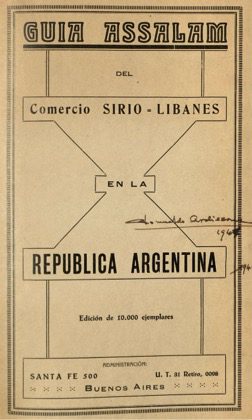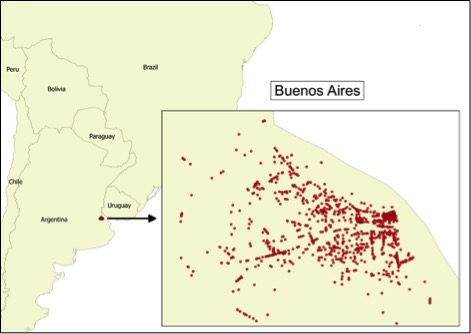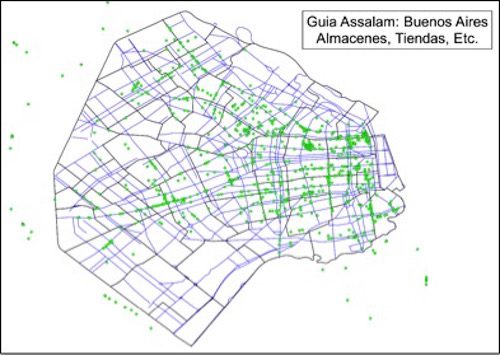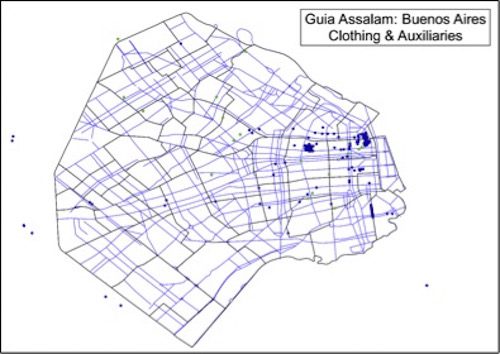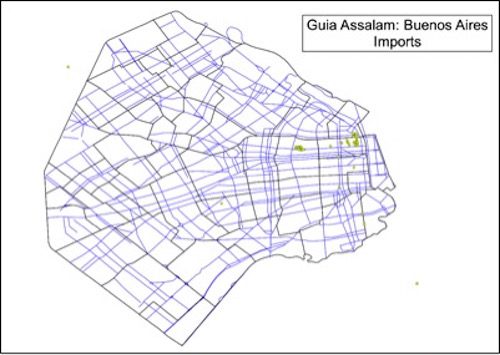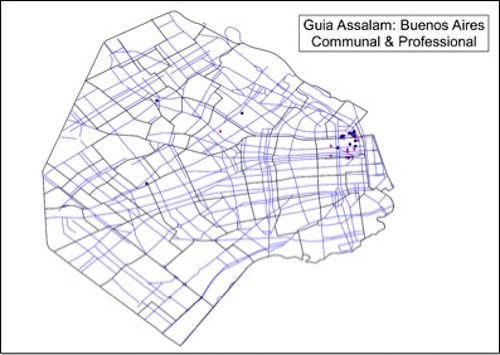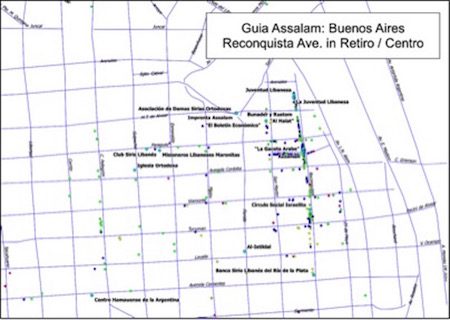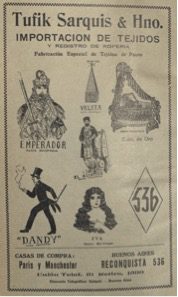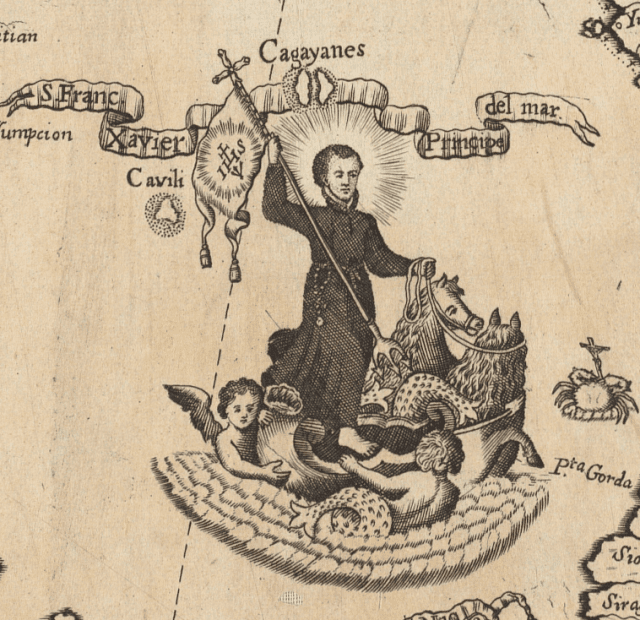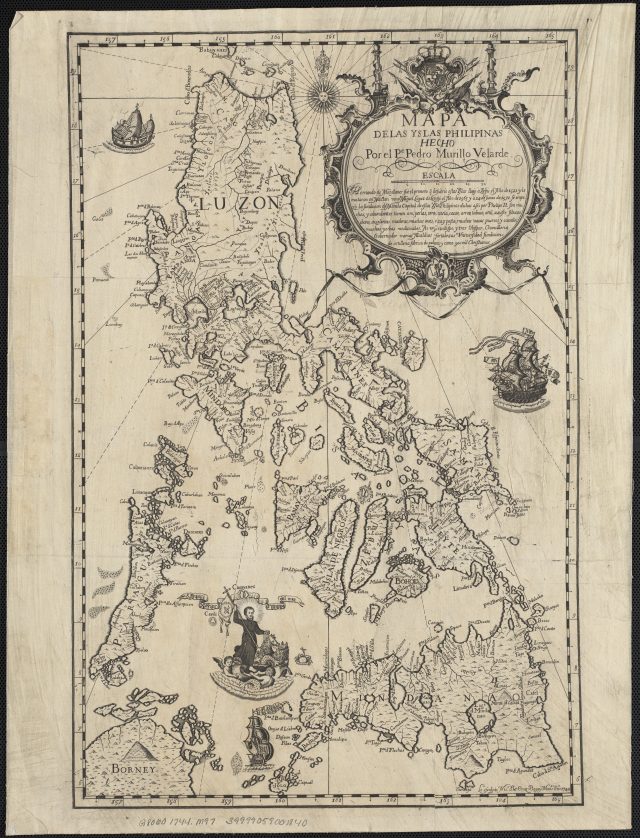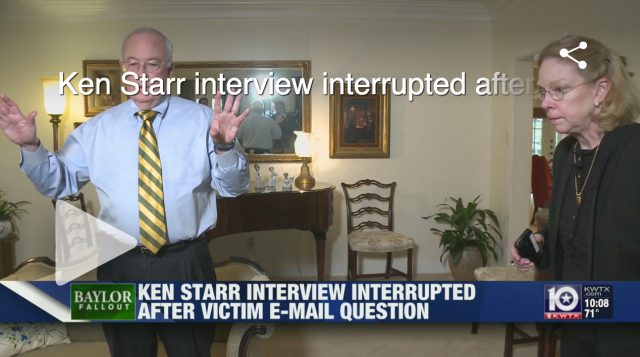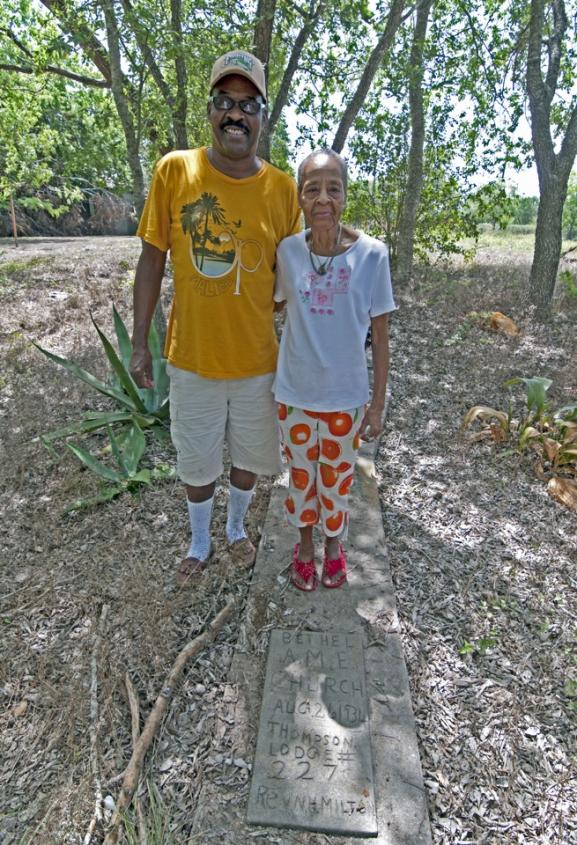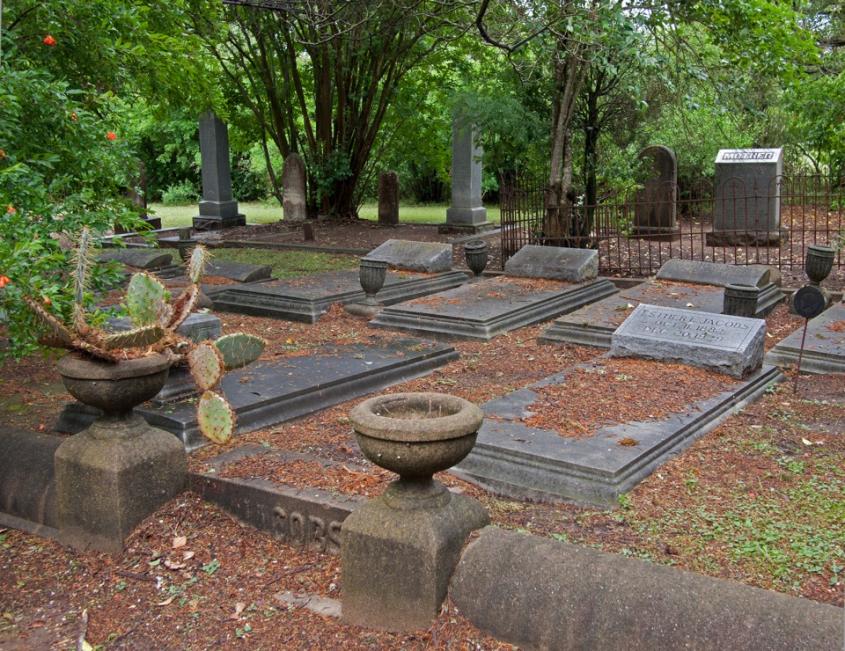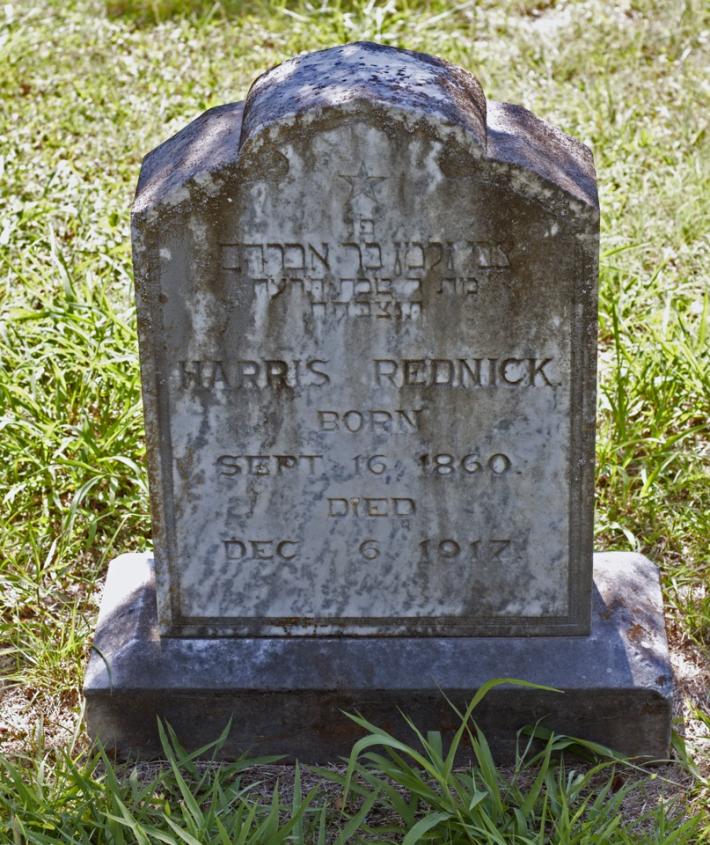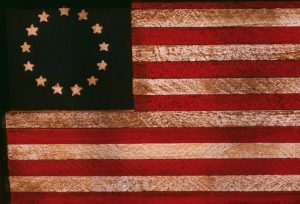Humanitarian intervention has become such an accepted part of international relations, and our news headlines are full of stories about humanitarian efforts from the Balkans in the 1990s to Syria today. But it wasn’t always the case – the concept of humanitarian intervention originates at a specific time and place, as today’s guest explains.
Brian McNeil specializes in history of United States foreign relations, and is currently revising his book manuscript titled, Frontiers of Need: the Nigerian Civil War and the Origins of American Humanitarian Intervention, the subject of this episode.
